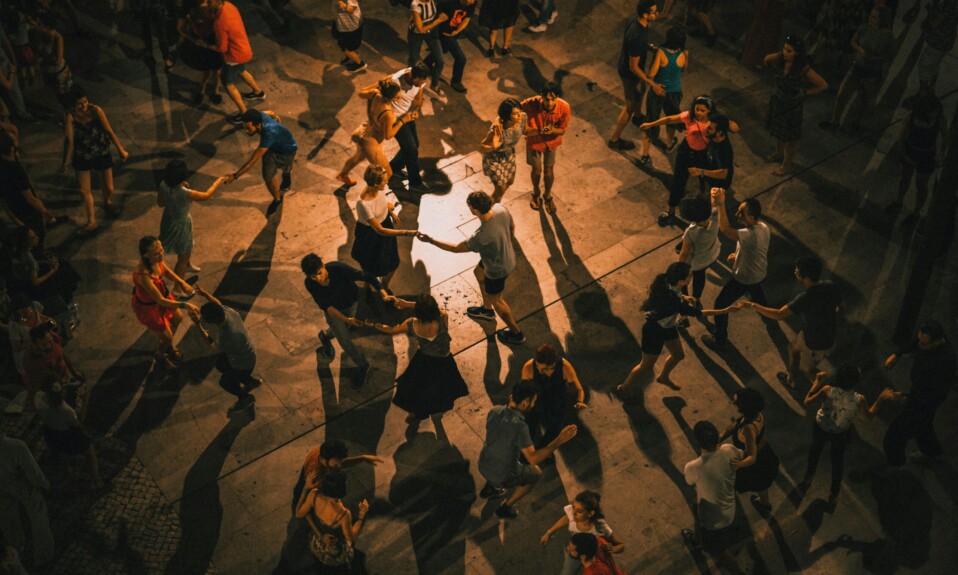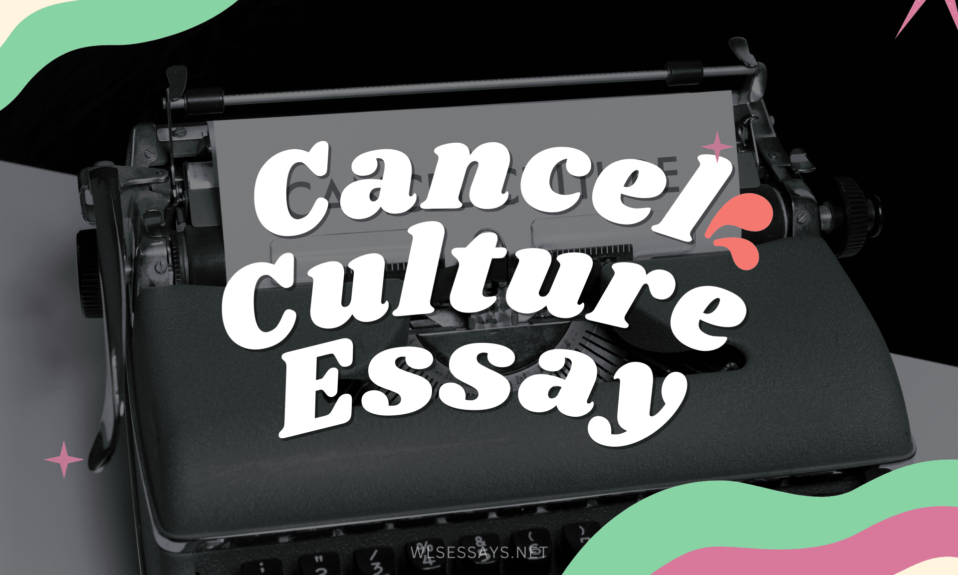The 1940s through the years after World War II witnessed the coming into being and further refinement of this form of American crime film known as the film noir genre. The gloomy cinematography, ethically compromised protagonists, and poetically cynical treatment in noir commented on the detective genre. Its pictured society from drunk punches and implied the darkness to curtains around it. Among many old noirs, one central element was the chilling character – a gorgeous, shady woman who refused to be a housewife and posed a danger to the patriarchal regime. The best cases here are the films Double Indemnity (1944), and The Postman Always Rings Twice (1946), simultaneously portraying the characters of Phyllis Dietrichson and Cora Smith as femme fatales who use their sex and cunningness to free themselves from male control, including murderously. This essay will explore how the rise of the femme fatale in postwar film noir was deeply rooted in the shifting gender dynamics and attitudes towards women that emerged in American society after WWII. Though embodying male fears about female empowerment, the femme fatale also represented women’s burgeoning desire for independence and autonomy beyond constricting domestic roles.
During WWII, with millions of men overseas, women entered the workforce in unprecedented numbers, proving their capability outside traditional homemaking roles. This newfound economic independence bred fears of social upheaval and challenged the ideology of male dominance that permeated American culture (Schrader 265). The noir genre channeled these anxieties through the figure of the femme fatale. This woman rejected subservience and maternal domesticity in pursuit of her desires, often through deadly means. Phyllis Dietrichson in Double Indemnity epitomizes this threat, orchestrating her husband’s murder to escape her unhappy marriage and attain wealth and freedom (Bastién 20). With her calculated sexuality and cold detachment, she represents the “sleazy phoniness” that Billy Wilder aimed to expose – the mask of femininity concealing a woman’s ruthless self-interest.
Cora Smith uses feminine wiles to lure the impressionable Frank Chambers into a deadly scheme, upending traditional courtship dynamics in The Postman Always Rings Twice. Both films depict women inhabiting the “masculine” roles of instigator and aggressor, subverting patriarchal assumptions about passive, virtuous femininity. Their actions expose the cracks in postwar efforts to confine women within domestic spheres and subordinate gender roles. Yet, as Angelica Jade Bastién observes, the femme fatale is a “wonderful, confounding contradiction” (Bastién 21). Though rebellious in her transgressions, she remains an object of the male gaze, her sexuality catering to male fantasies. Phyllis’ exaggerated “unnaturalness” through her blonde wig and heavy makeup underscores her staged, performative femininity designed to manipulate.
While boldly defying gender constraints, the femme fatale simultaneously embodies the male fear of female power. The noir endings, where the femme fatales invariably meet violent demises, can be read as a brutal reassertion of patriarchal control, a cinematic “punishment” for their disruption of gender norms.
Although their insatiable attraction and complexity escape a simple interpretation that addresses them as male dreams or symbols of castration anxiety, they are still the center of the story. Thus, they are essential in intimately understanding human limitations and ambitions. As Angelica Jade Bastién rightly observes about the formidable femme fatale Phyllis Dietrichson, “The woman we witness act in a lurid affair, yearning for and expressing violence, catching fire and burning back.” And she feels like a real woman I could walk past on the street, simply reconditing the specific ways in which she was policed. Lundy’s composition has a dualistic quality. She is the personification of an overindulgent, attractive woman who uses her physical features and feminine charm to her benefit (Boozer 20). Underneath this shell of exaggerated femininity and manipulative sexuality, however, beats the heart of an identifiable personage – a woman whose empowerment is negated by the rigid rules of her times and who reacts to her hopeless
As the femme fatale comes to be known, the butterfly has the polished ability to articulate and represent the persistent and smoldering yearnings and undermined desires of the women in the immediate postwar era of America. After sipping a bit of much greater independence even on wartime labor, many felt this regression back to the domestic virtues was a backward step. In the end, it means that the fatal schemes are the most violent rants against the following: the re-edge and restraining on autonomy. The sleepiness and frustration repressed in the marriage mask the rage against the roles under their husbands’ lords and the desire to free themselves from the duty of servitude (The Postman Always Rings Twice 1946, Lana Turner, John Garfield, Full Movie Reaction 17). Therefore, the pursuit of money, power, and sexual liberation shows the hidden urge which brews in their marriages below the peaceful façade. However wrong and destructive the fatal methods may be, they eventually discuss the dichotomy between the fatal questions of self-determination and their pseudo-liberation from male control over female lives and bodies.
The femme fatale figure is being used here to reveal the darker psychological tensions that have been emerging along with the patriarchal society’s attempt to regain its authority and to reestablish the norms that were disrupted due to the wartime outcomes. Her status alone as the person who dared to show the realities of the patriarchal societies’ ideals was already there as one of the several criticisms of the social order, which was built on rigid female stereotypes (Double Indemnity 1944 Film Noir, Barbara Stanwyck, Fred MacMurray, Full Movie Reaction 23). The female servants’ acts of violent frenzy, while cataclysmic, are ultimately fuelled by a very human emotion of ability within a life script of extremely narrow identities and patterns mostly available for women of that period. Narratives in female war writers enabled a feminist reinstatement of female identity forged in the fires of social changes during wartime, which permeate even in peacetime’s attempt to return the traditional status quo.
Through the depiction of the femme fatale, which is firmly rooted in traditional patriarchal norms, the authors represent the contractions of these deep-rooted societal rules, which evolved during the wartime experiences of women. However, the femme fatale’s transgressive nature defies traditional female roles and societally implemented gender stereotypes that, for a long time, have been enforced by patriarchy. Her very nature is clear evidence that women in that period of time were not meant to be merely meek and subjugated. Women can own their existence, but freedom is often denied to them (Boozer 25). Through their presentations, the authors highlight that more and more women become frustrated with the gender bias that permeates social expectations and the direct connection between their economic independence and liberation from the clutches of traditional women’s depictions.
While rooted in male paranoia about female sexuality, the femme fatale’s transgressions made space for exploring women’s interiority beyond the virgin/whore binary. Her very existence on the noir screen signaled the cracks in the facade of domestic bliss, hinting at the unfulfilled yearnings. The films do not simply vilify her; they capture a cultural negotiation of women’s evolving demands in a male-centered society unsettled by their growing independence. In giving face to the “hunger we remember long after the credits roll” (Bastién 23), the post-WWII femme fatales opened a dialogue on the female agency that subverted traditional scripts.
In conclusion, while the femme fatales of 1940s film noir were undoubtedly shaped by male anxiety over women’s changing roles and growing independence in the post-WWII era, they also articulated a more complex reality. In bringing to life women’s rage, ambition, and yearning for self-definition outside narrow societal expectations, these characters exposed the contradictions and unfulfilled hunger simmering beneath the facade of domestic bliss. The fatal embrace of their sexuality, the pursuit of fortune and freedom, and rejection of subservient femininity made them both compelling and terrifying to men – and women – of the era. Though frequently punished by tragic endings, their existence challenged traditional gender scripts. The post-WWII femme fatales gave representation to unsettling cultural truths that patriarchal society could not contain, enduring in their allure and contradictions. Their morally ambiguous women demanded a reckoning with changing demographics, evolving attitudes about female agency, and the growing cracks in the illusion of a harmonious American dream. While rooted in anxiety, noir’s Deadly Ladies opened a dialogue about female power and interiority that would continue crackling through society and cinema in the turbulent decades.
Works Cited
Bastién, Angelica Jade. “The Nine Lives of the Femme Fatale.” Bright Wall/Dark Room, 3 Apr. 2016, www.brightwalldarkroom.com/2016/04/03/the-nine-lives-of-the-.
Boozer, Jack. “The lethal femme fatale in the noir tradition.” Journal of Film and Video 51.3/4 (1999): 20-35. https://www.jstor.org/stable/20688218
Double Indemnity 1944 Film Noir, Barbara Stanwyck, Fred MacMurray, Full Movie Reaction. Www.youtube.com, www.youtube.com/watch?v=VB_XQFj0Y-U.
Schrader, Paul. “Notes on film noir.” Film Genre Reader IV. University of Texas Press, 2012. 265-278. https://www.degruyter.com/document/doi/10.7560/742055-022/html
The Postman Always Rings Twice 1946, Lana Turner, John Garfield, Full Movie Reaction. Www.youtube.com, www.youtube.com/watch?v=-P22cDmIenE&t=27s.









